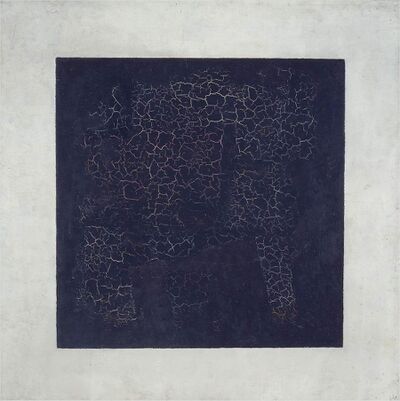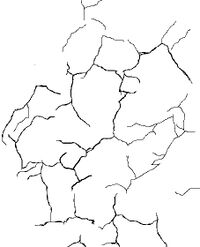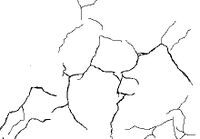Cracks: Difference between revisions
No edit summary |
No edit summary |
||
| Line 1: | Line 1: | ||
== First layer \ Kintsugi<br> == | == First layer \ Kintsugi<br> == | ||
[[File:cracks2.jpg| | [[File:cracks2.jpg|400px|thumb||]]<br> | ||
Revision as of 15:29, 8 December 2019
First layer \ Kintsugi
Kintsugi, in Japanese philosophy is embracing the flaws and imperfections of objects. It focuses in the broken area not to highlight the missing pieces but to emphasize the unique cracks formed when the object breaks. Namely, the practice is related to the Japanese philosophy of wabi-sabi, which calls for seeing beauty in the flawed or imperfect. The repair method was also born from the Japanese feeling of mushin, the acceptance of change.
Second layer \ MA
The philosophy of Ma translated as "gap", "space" or "the space between two structural partsis experienced progressively through intervals of spatial designation. In Japanese, ma, the word for space, suggests interval. It is best described as a consciousness of place, not in the sense of an enclosed three-dimensional entity, but rather the simultaneous awareness of form and non-form deriving from an intensification of vision.





